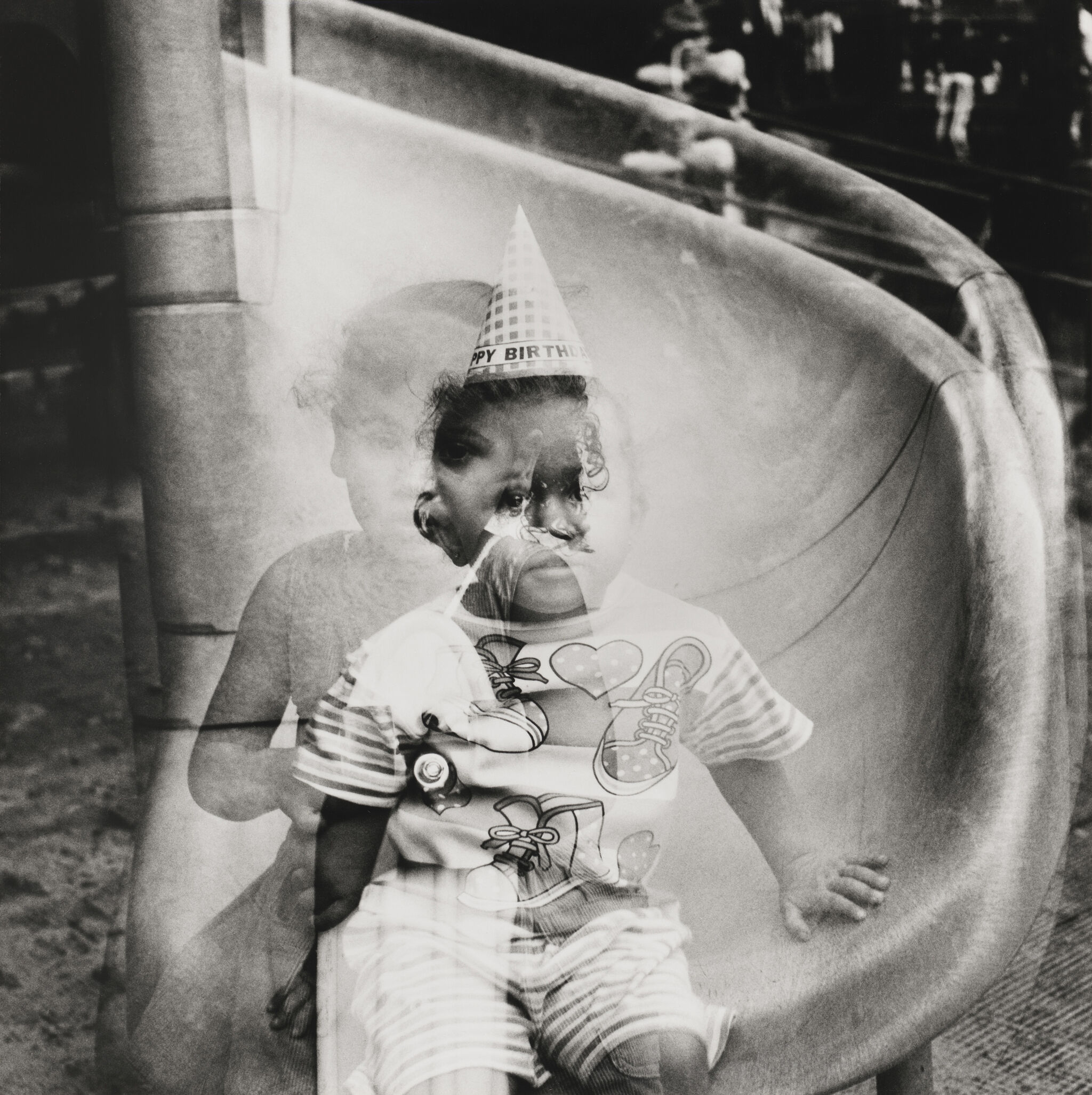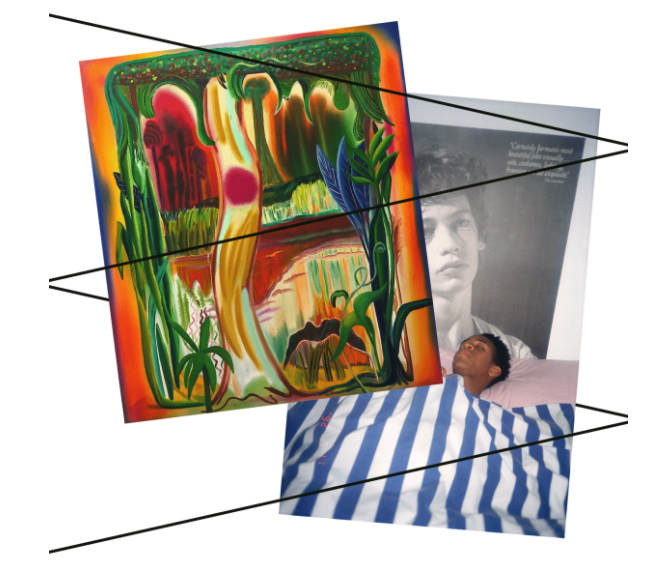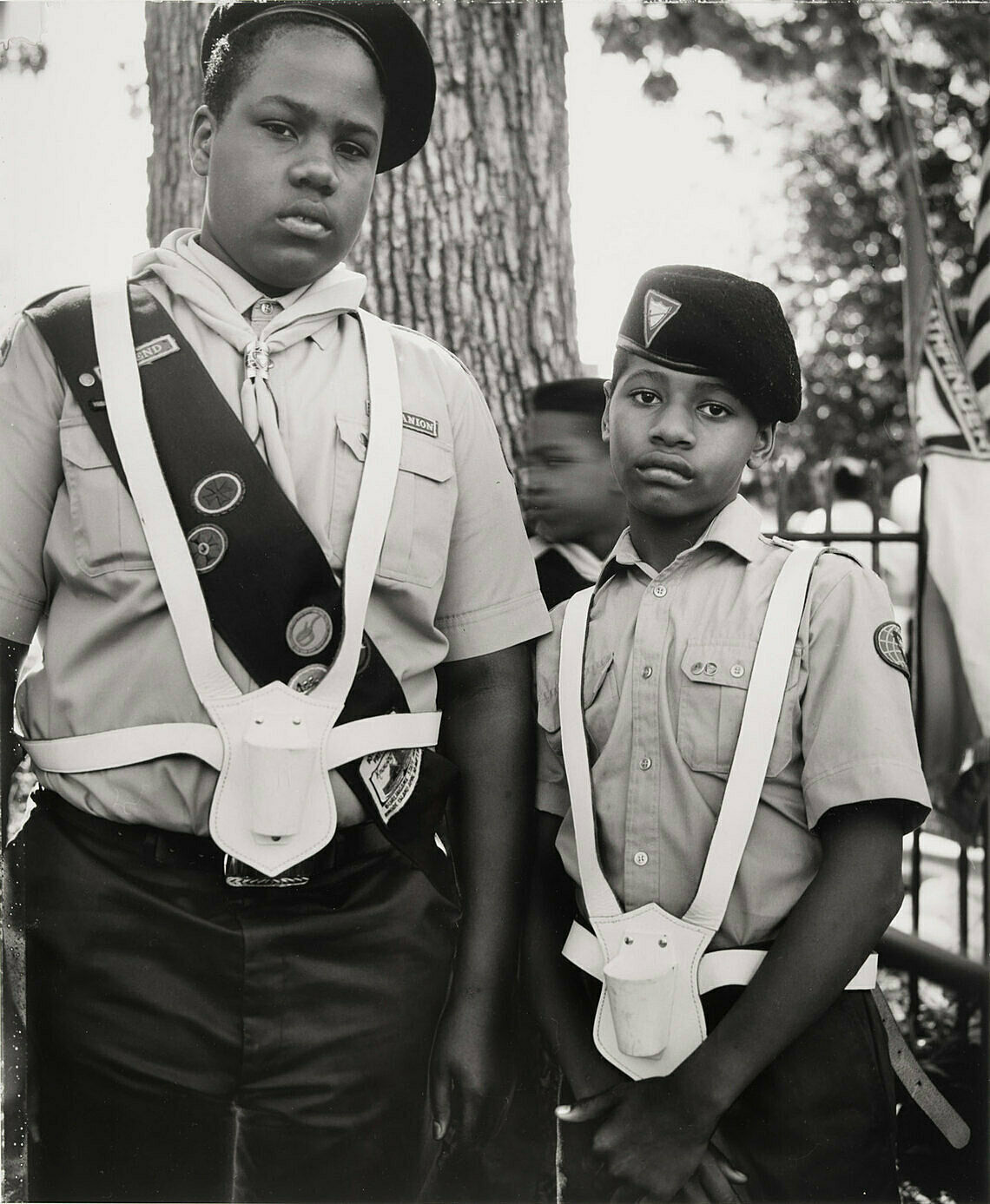Deana Lawson
1979–
Introduction
Deana Lawson (born 1979) is an American artist, educator, and photographer based in Brooklyn, New York. Her work is primarily concerned with intimacy, family, spirituality, sexuality, and Black aesthetics.
Lawson has been praised for her ability to communicate the nuances of African American experience: "Lawson's oeuvre explores intimacy, affinity, sexuality and relationships. She has work held in the International Center of Photography collections. Her photographs have been exhibited in a number of museums and galleries including the Museum of Modern Art, Whitney Museum of American Art, and the Art Institute of Chicago.
A solo exhibition of her work, The Hugo Boss Prize 2020: Deana Lawson, Centropy is on view May 7-October 11, 2021 at the Solomon R. Guggenheim Museum.
Wikidata identifier
Q21663183
Information from Wikipedia, made available under the Creative Commons Attribution-ShareAlike License . Accessed November 23, 2025.
Introduction
Photographer and educator, inteested in themes of family, intimacy, and spirituality.
Country of birth
United States
Roles
Artist, photographer
ULAN identifier
500451077
Names
Deana Lawson
Information from the Getty Research Institute's Union List of Artist Names ® (ULAN), made available under the ODC Attribution License. Accessed November 23, 2025.



